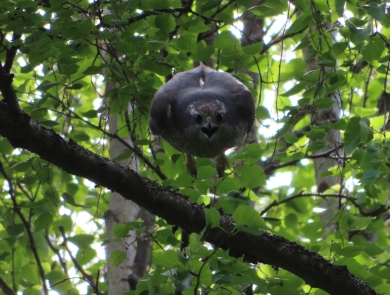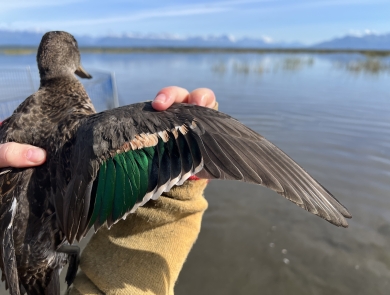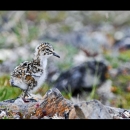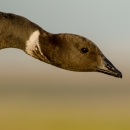What We Do
We work to conserve and manage migratory birds by:
- Monitoring population distribution and abundance
- Identifying important breeding, brood-rearing, staging, and wintering habitats
- Banding and marking birds to determine migration patterns, mortality, longevity and habitat use
- Determining effects of catastrophic events such as the Exxon Valdez oil spill.
- Working with Alaska Natives and the State of Alaska to co-manage the spring/summer subsistence harvest of migratory birds.
- Maintaining databases and providing these, as well as other technical assistance, to other agencies, land managers and private organizations.
- Helping administer conservation grant programs that distribute funds to the State of Alaska and Alaskan tribes from Congressional appropriations or excise taxes on hunting equipment
- Identifying and protecting important bird habitats through implementation of conservation plans
- Reviewing and issuing permits for activities involving migratory birds including scientific collecting and other educational uses
- Educating the public about migratory birds
Our Organization
The Migratory Bird Management program is comprised of several sections that specialize in different groups of birds.
We work closely with partners along different flyways and with our tribal partners to coordinate conservation and management efforts. We also participate in outreach and education programs and bird festivals to raise awareness about birds and the challenges they face.
Our Species
If it has feathers and wings, we likely count it, study it, and manage it!
Projects and Research
Our research and projects focus on efforts that will lead to conservation actions for migratory birds for the continuing benefit and enjoyment of the American public.
Our Library
Learn more about what we do through our project, stories, and publications library.


















